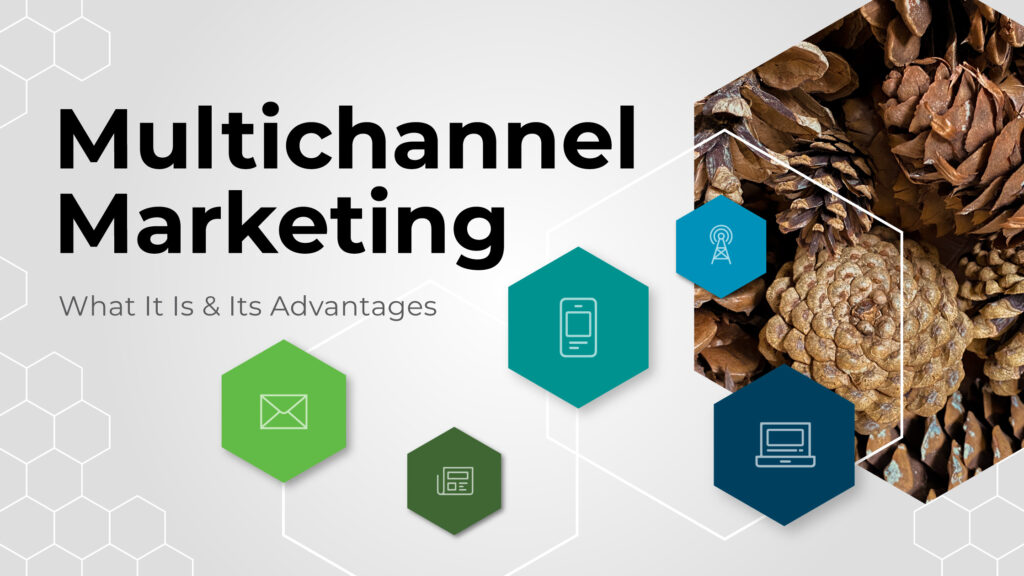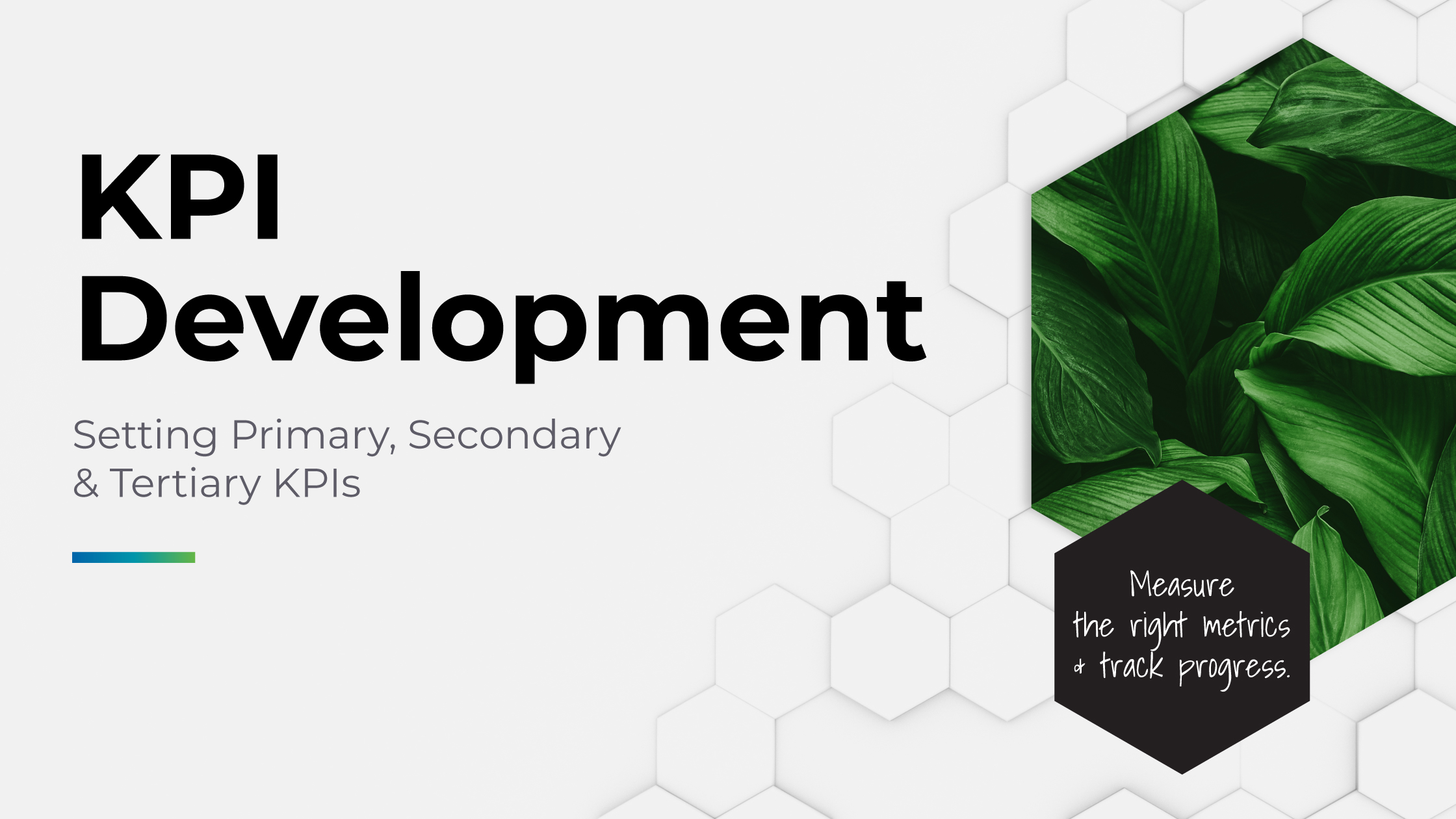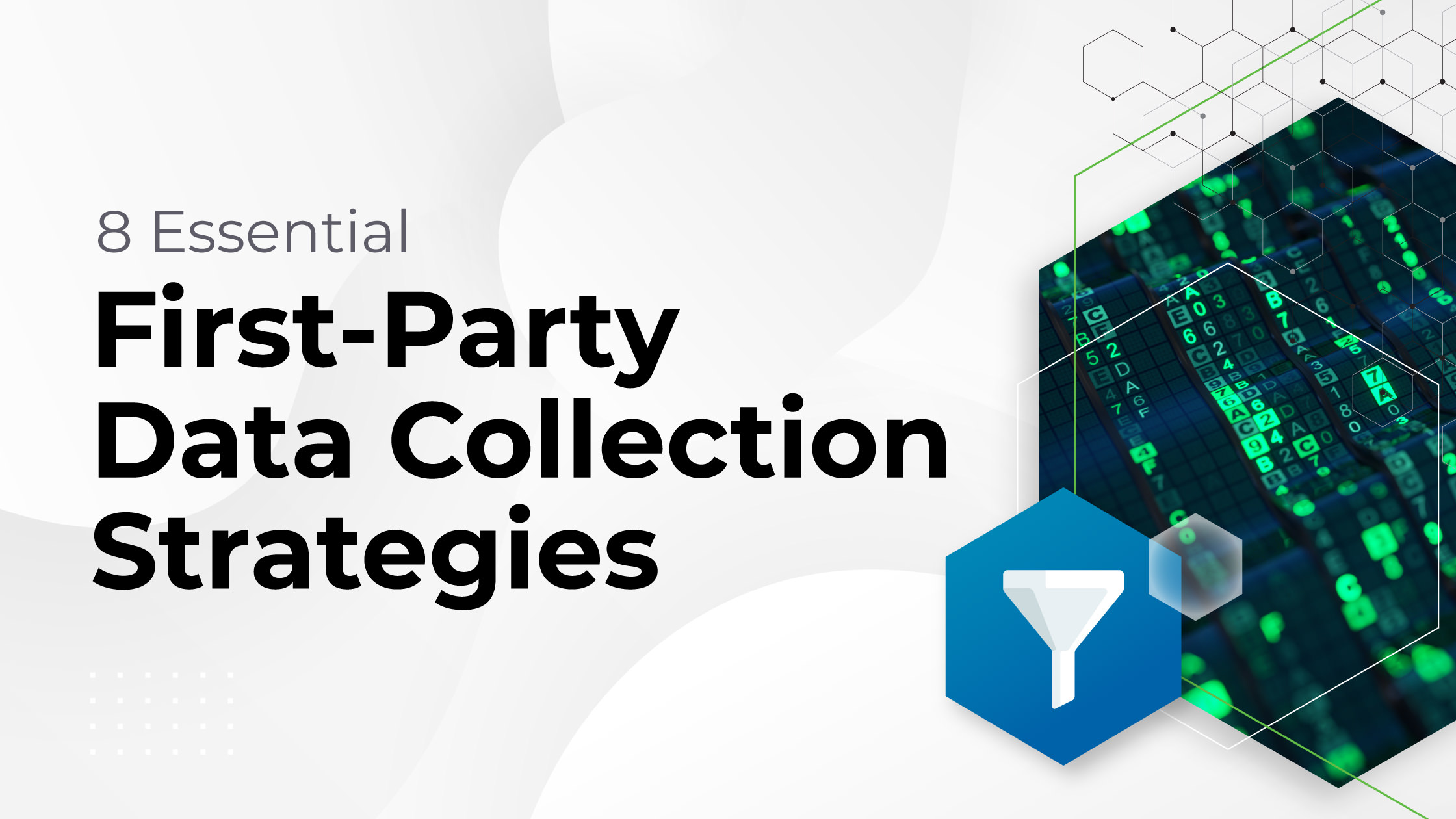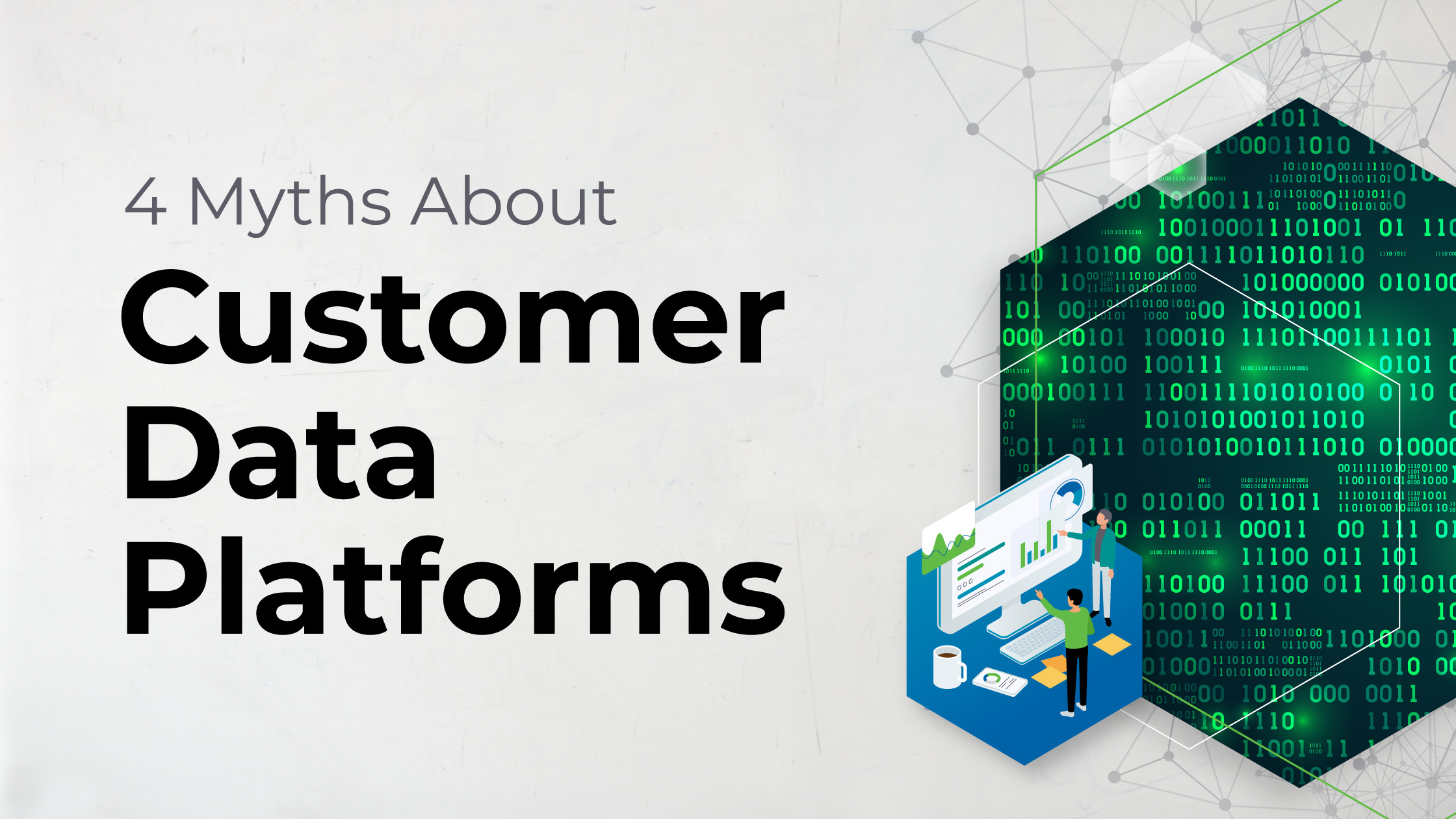
What if we told you that roughly 70% of your assumptions about Customer Data Platforms (CDP) are wrong or at least, dangerously incomplete?
There, we just told you.
Today’s customer experience is more fragmented than ever, and almost every marketing software alive swears it is THE ONE to turn all that fragmentation into the cohesive picture that brands need to personalize a high-quality customer journey.
This blog post is full of uncomfortable truths (all told with love!) so here’s the first one:
If your martech stack doesn’t include an independent CDP, you’re making business decisions based on fragmented data.
Keep reading for:
- Quick definition: What is a customer data platform (CDP)?
- 4 myths about the CDP functionality in Salesforce and 6Sense
- The advantages of a CDP and its relationship to your marketing dashboard
- CDP examples and use cases
- How to choose a CDP
What is a CDP?
A customer data platform is the ultimate source of truth for high-performance growth marketers.
This software aggregates the enormous collection of data signals with relevance to a brand’s customer journey. But it doesn’t stop there…
Far more than an aggregator, a CDP layers those thousands of data points (tens of thousands for bigger brands) onto each other, and then spits out an infinite number of data segmentations.
Why’s that a big deal?
Because this is the only way to produce highly personalized marketing campaigns built on the highest possible volume of data signals, consolidating multiple data sources from multiple channels. Marketing campaigns created without a CDP are simply not capable of doing this.
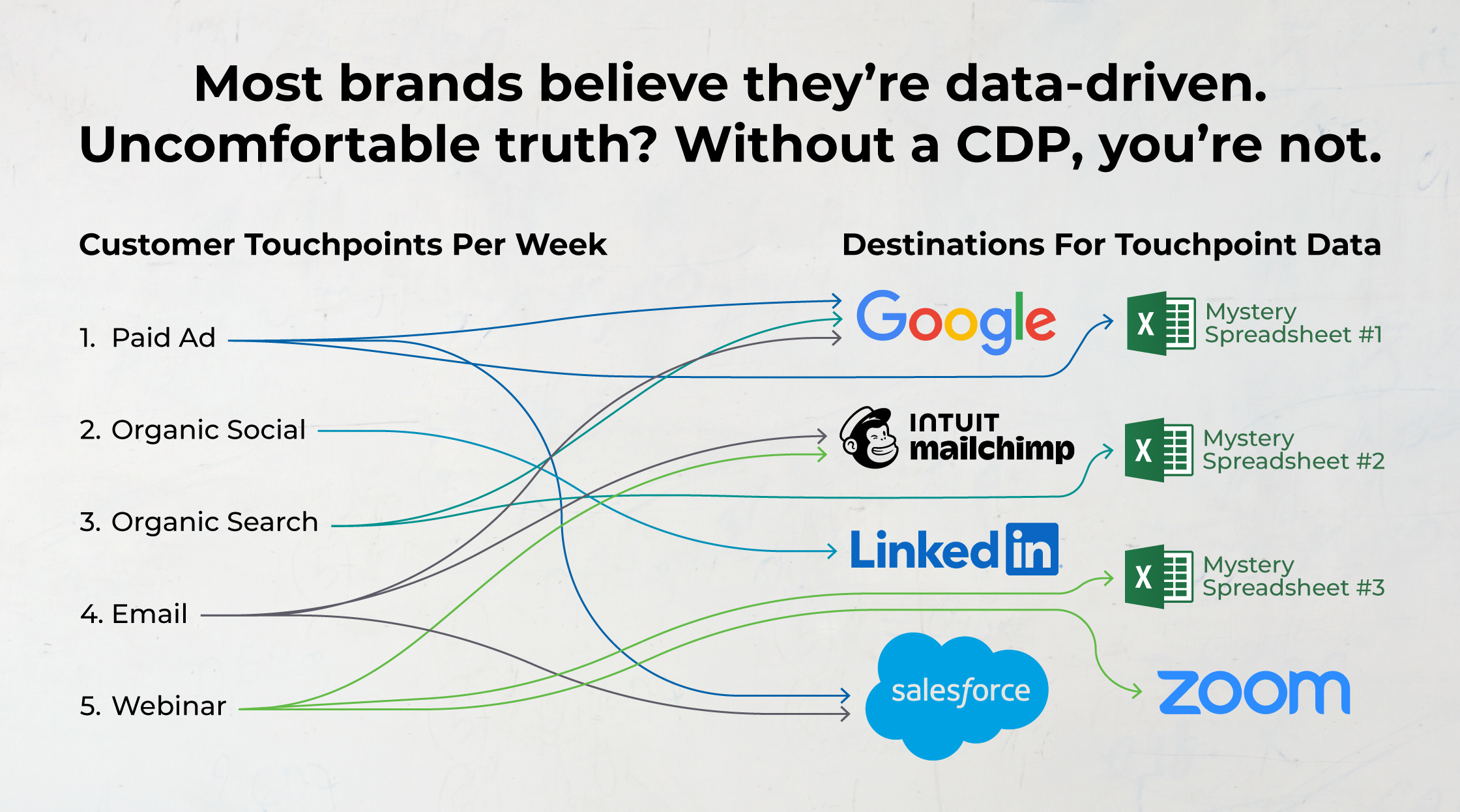
Without a CDP:
- Snippets of data live in multiple locations
- Other data streams are ignored entirely
- Data is not unified
- All performance decisions are made with an incomplete data picture.
4 myths about Salesforce & 6Sense CDP functionality
To be clear, this is not a Salesforce and 6Sense bashing session. We use both programs every single day, and have dear friends at both companies. Amazing humans. Helpful tech.
AND.
The CDP capacity of Salesforce and 6Sense is mostly misrepresented.
If your team is operating according to any of the myths below, we strongly suggest a strategic realignment before moving forward with new campaigns or investments.
CDP Myth #1: “Salesforce offers great CDP functionality.”
It’s true – Salesforce has added some CDP functionality. “Some” is not enough.
When assessing the strength of any marketing tool, it’s important to zero in on the quintessential function and goal of that software. First and foremost, Salesforce is a Customer Relationship Management (CRM) tool.
CRMs are primarily designed to house inbound data (typically, tracking customer interactions with the sales team), which is why the Salesforce CDP options deliver more of a ‘bolt-on’ experience, rather than the maximum CDP functionality that category leaders need.

Brands without an independent CDP don’t have the depth of knowledge about their customer journey that they think they do.
Unlike a CRM that was purpose-built for mostly one-way activity (that’s another myth we’re debunking below), a CDP functions as a two-lane highway.
The CDP receives and unifies all customer touchpoint data (your CRM is a key data source, but only one of many), and then generates a 360-degree view of your customers to support segmentation and personalization across multiple channels and touchpoints.
Without all of these components operating in real-time, brands are developing marketing initiatives with an incomplete picture of their customers and prospects.
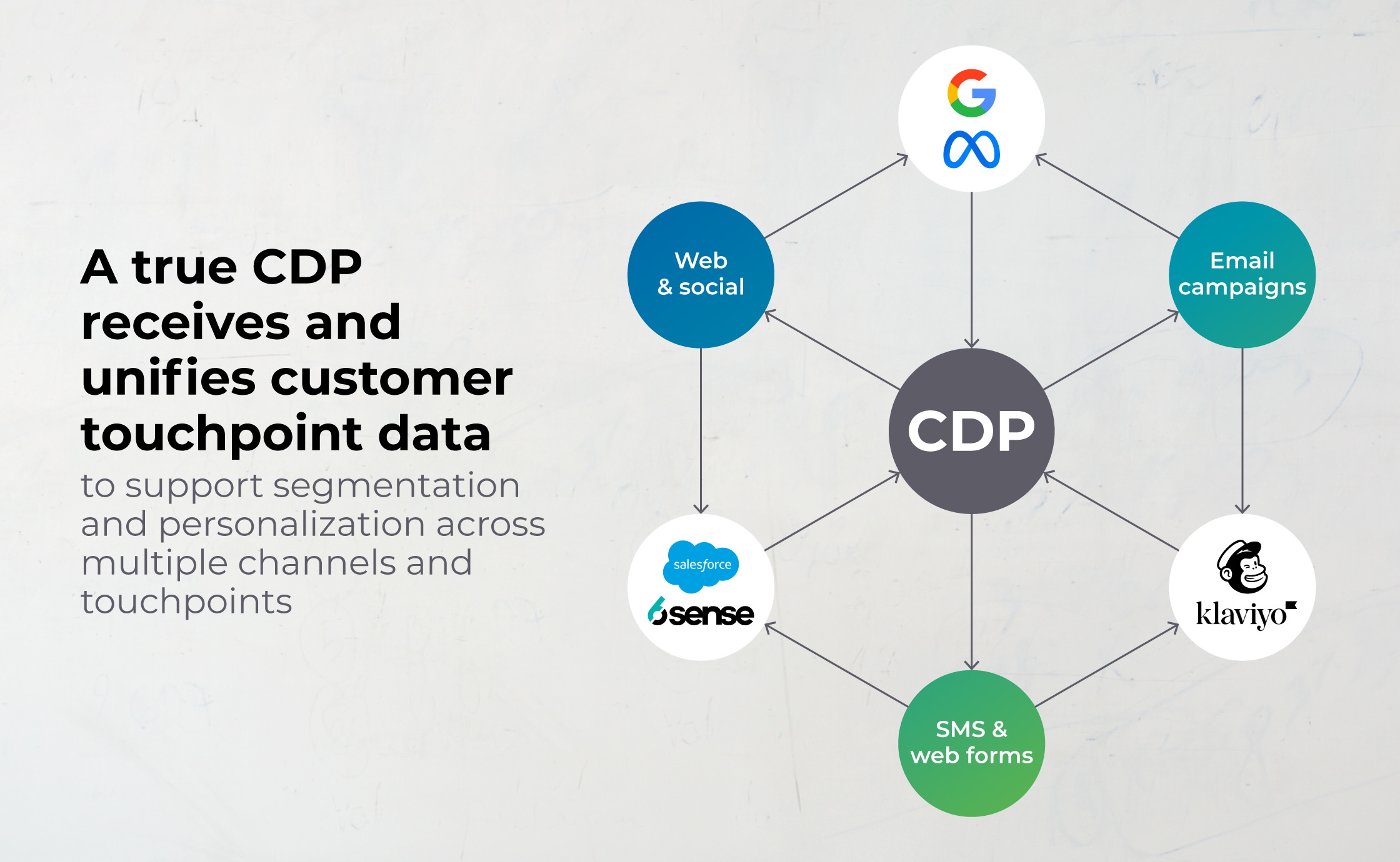
CDP Myth #2: “Using Salesforce to track direct contact with the sales team is our most important data point.”
Only tracking the moments of direct contact with your sales team is NOT data-driven marketing.
Only engaging with prospects via email and LinkedIn (or any 1-2 channels) is NOT performance marketing.
- Prospects are currently interacting with your brand in ways that your CRM has no record of. Big slices of relevant customer data are currently invisible to you.
- Prospects want and need to interact with your brand across multiple channels. Most brands are under leveraging the multi-channel marketing opportunities staring them in the face.
Ideal impressions = 5-8 per week.
Source: Kellogg Study on Advertising Effectiveness
72% of buyers prefer to buy from brands with multiple marketing channels.
Source: Heinz/PL Multichannel Marketing Effectiveness Report
Multichannel Marketing: What It Is & Its Advantages
Refresh your perspective on the necessity of multichannel marketing. And pick up a few tips from our team of multichannel experts.
CDP Myth #3: “Salesforce lets me extract audiences, so I have all the CDP benefits I need.”
Sure, Salesforce can extract audiences. But it wasn’t primarily designed for that purpose, which is why its segmentation capabilities are limited.
While a CDP was designed to connect to any and every data source on the planet, Salesforce and other CRMs have constraints about which marketing channels and data signals they can connect to, and how thoroughly they support the unification of multiple data sources (if at all).
CDP Myth #4: “We’re an ABM team and the embedded CDP in 6Sense delivers everything we need.”
Ummm, headsup! The embedded CDP in 6Sense comes with a big “gotcha”…
The 6Sense CDP is proprietary for the use of their platform. Sure, you can gain useful CDP benefits there, but only if you restrict yourself to audiences that 6Sense builds for you.
- What if your team has skills that are best utilized outside that platform?
- What if your strategists identify a sizable revenue opportunity beyond 6Sense?
Ooops. Too bad.
6Sense constrains what you’re able to do with your data, which makes us sweat. Data ownership is the central pillar of future-proofing marketing ROI.
Our #1 Growth Marketing Belief: Handcuffing yourself to a single platform is the reddest of red flags. Pardon the scream, but DO NOT DO IT.
The advantages of a CDP and its relationship to your marketing dashboard
For true growth marketers, marketing analytics dashboards are critical.
A highly customized and context-specific marketing analytics dashboard visualizes performance data, which facilitates closer monitoring and optimizing of all marketing activities.
BUT.
Your analytics dashboard is only the visualization of data from each channel – it has limited ability to blend that data and then supply data segmentations to support deeper personalization, which improves the funnel journey and conversion.
Optimal Marketing Performance:
- Multiple data sources flow into a CDP.
- CDP unifies that data and feeds it into your marketing analytics dashboard.
- Experienced agile marketing strategists can act quickly by combining dashboard visuals and CDP segments to deploy marketing resources in the most efficient way possible.
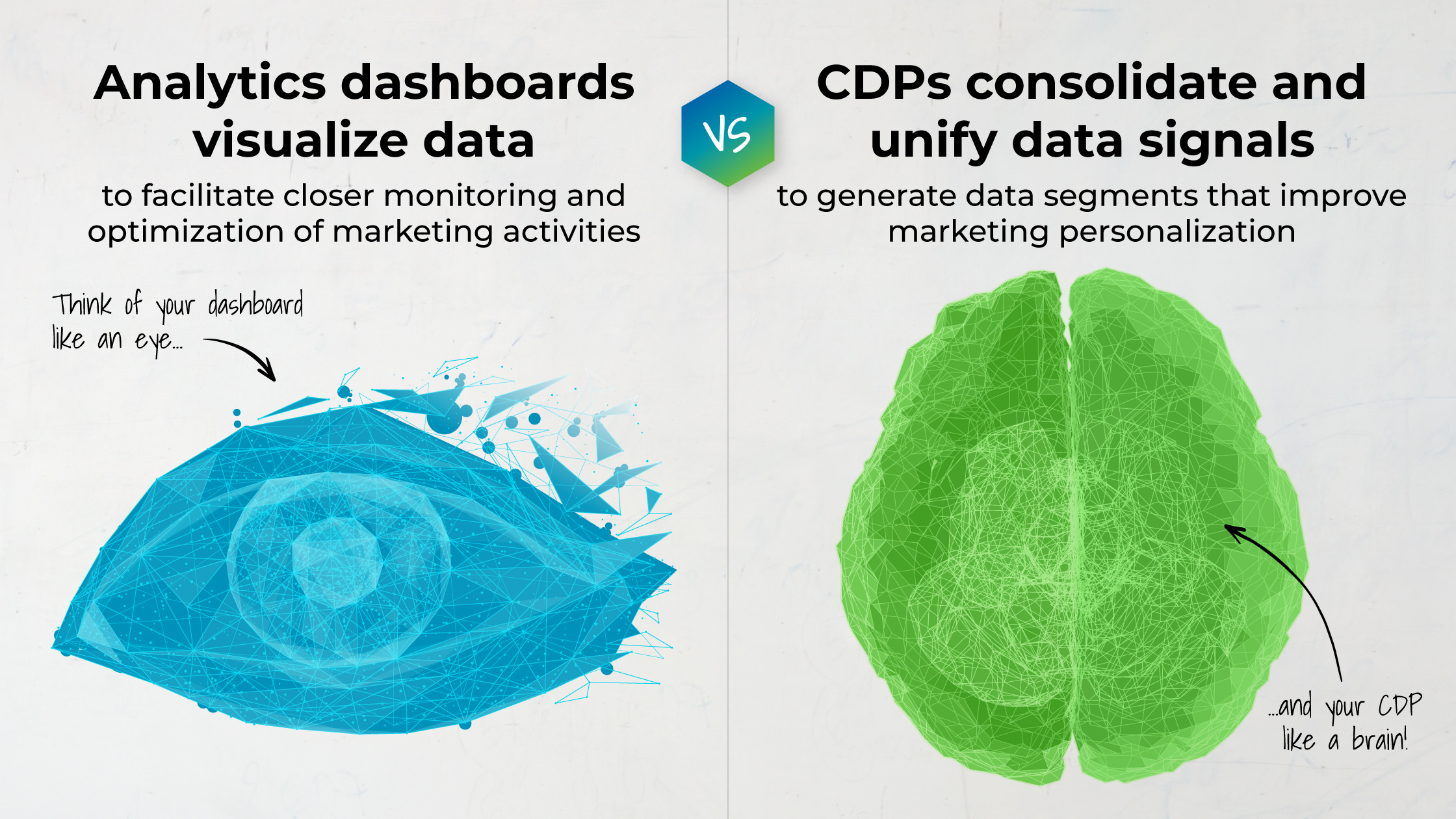
CDP examples and use cases
Here are two Customer Data Platform examples and use cases that show just some of ways brands can improve the quality of their customer journey (the essential activity for revenue growth) with a CDP.
eCommerce segmentation and personalization CDP example
- A beauty brand wants to create highly targeted marketing campaigns, and has historically relied on a combination of Meta, Klaviyo, and Google Analytics to do this.
- They implement a CDP that unifies these existing data sources and also pulls in Shopify and POS (point of sale) data streams to build a deeper, real-time view of the customer journey.
- Their CDP produces segments based on demographics, purchase history, online behavior, and preferences, which supports more personalized email marketing, leading to increased ATV and LTV.
Lead scoring and sales enablement CDP example
- A SaaS B2B brand currently generates 60% of their leads through Google.
- They implement a CDP and realize that “All my business comes from Google” has actually become a self-fulfilling prophecy, simply because it’s the primary customer journey intelligence they’ve been accessing.
- Their CDP connects to all available data sources, and allows them to align lead behavior data across six recurring customer touchpoints, revealing customer insights that challenge several assumptions their marketing team was relying on.
- The CDP supports a far more comprehensive lead scoring process that prioritizes sales outreach, resulting in more efficient lead management, a much shorter sales cycle, and higher conversion rates.
How to choose a CDP
We are religious about data, and agnostic about platforms. The right CDP for your brand can only be determined by looking closely at your brand’s specific context, market opportunities, and current resources.
There are some out-of-the-box CDP solutions, and some have been developed to serve specific industries. However, there are three essential questions to ask when choosing a CDP:
1. What does your marketing tech stack look like now?
2. Given your answer above, which CDP option makes it easiest to connect your existing data systems?
3. Have you examined the “We are a CDP” or “We include CDP functionality” claim fully?
As our earlier CDP myth-busting explained, many products on the market describe themselves as a CDP or claim they offer full CDP functionality and we’re sure they’re lovely humans, but there are enormous asterisks and big boulders of salt floating around those statements.
Whether it’s our experienced Apiary team or someone else, we strongly recommend partnering with an objective third-party to verify that what you’re being told is a comprehensive CDP is actually that.
In addition to ease of use and fit with your martech stack, other things to consider when choosing a CDP are:
- Overall alignment with business objectives. Each CDP has its own set of strengths. Align your choice with your brand’s specific needs.
- Data integration capabilities. Assess the CDP’s ability to integrate with various data sources, including website data, CRM systems, email marketing platforms, social media, mobile apps, and offline sources. Ensure it can handle structured and unstructured data.
- Data security and compliance. Given its function as the beating heart of all your customer data, every CDP should maintain the highest data security standards and compliance with regulations like GDPR, CCPA, or any industry-specific compliance requirements.
- Scalability. Particularly for enterprise brands, you’ll likely come across some CDPs that struggle to handle increasing data volumes and user needs as your business grows. Make a selection that supports current and future needs. In addition, look for flexibility in data modeling and schema changes.
TL;DR on customer data platform (CDP) myths
- A customer data platform (CDP) is a specialized technology solution that:
- consolidates and unifies an endless number of data signals
- provides a cohesive 360-degree view of the customer journey
- generates data segments that drive improved marketing personalization.
- Brands without a CDP do not have as deep of an understanding of their customer journey as they think they do.
- Facts about the CDP functionality in Salesforce:
- Only offers some CDP functionality – not all
- Doesn’t permit connections to ALL available data sources
- Doesn’t fully unify the data it does accept
- These data connection limitations, and lack of sophisticated unification, puts severe constraints on the audience segments Salesforce can generate.
- 6Sense has an embedded CDP but it’s proprietary to their platform, which restricts the range of performance activities brands can successfully engage in.
- Brands should only consider investing in a CDP that’s been vetted for its ability to easily integrate with their existing martech stack.
